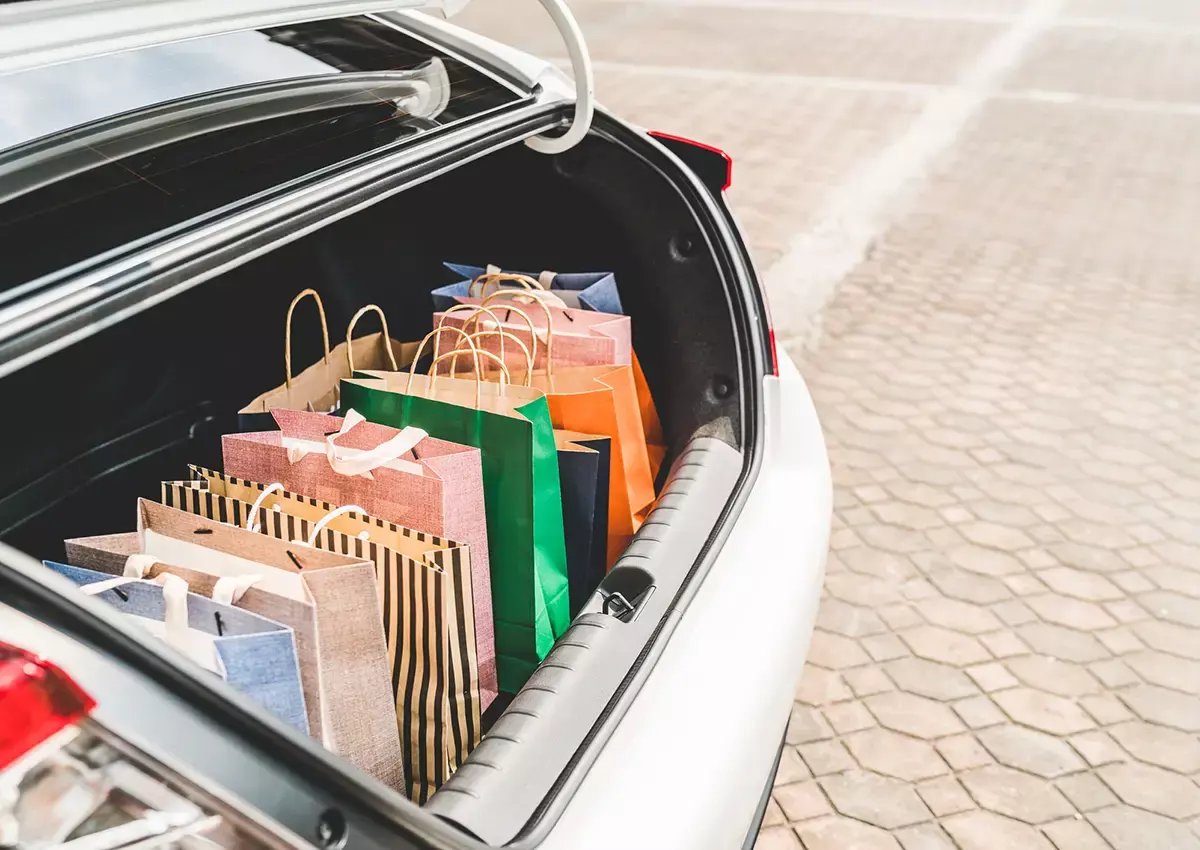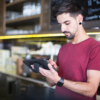The retail industry is changing. More and more, shoppers are looking for a hybrid experience combining the best online and in-store shopping. This has led to retailers making changes in their management, digital selling strategies, and use of technology.
This article covers hybrid shopping and its popularity and explains what retail management tools associates can use to fuel this experience for their customers.
What is Hybrid Shopping?
Hybrid shopping is the mingling of customer styles, and it’s rapidly becoming a popular way of retail shopping.
Now more than ever, businesses need an effective form of retail management that can marry the online and in-store shopping experience.
Hybrid shopping combines both of these worlds – either online or offline – to create customer journeys that tick all the boxes.
Forbes shares, “In the case of offline shopping, this means understanding who we are and what we want as we walk into the store – just an e-tailer would when we arrive at their website. In the world of online retailing, it means developing methods of delivering the same experiential shopping experiences we enjoy in the real world.”
How Popular is Hybrid Shopping?
In 2022, 51% of shoppers say they looked online for product availability in a store before picking it up.
In addition, 37% say they ordered online and picked it up in the store (BOPIS). Getting customers to the store to pick up their orders boosts future sales because 19% who have shopped by BOPIS make an additional purchase when they get to the store.
Retailers are making the shift to accommodate hybrid shoppers. For example, one global jewelry brand knows that 65% of its customers have looked for something on its website before making a purchase.
Three Ways Retail Management Trends Are Shifting For Digital Shopping
What can happen, and has happened, is when the customer comes into the jewelry store to see the product they saw online, they may not have ventured very deep into their digital browsing.
With a proper retail management system, the in-store associate can often show them something they may like even more through their hand-held tablet.
The customer may be delighted that the associate took the time to find something better. Truth is, with an efficient retail management system, the discovery didn’t take long at all.
When a retailer provides a positive customer experience, as many as 83% of shoppers say they would return to that store. In addition, they are more likely to spend more the second time.
1. Using BOPIS to provide fast and efficient delivery.
Customers are less concerned about how they receive a product but more inclined to shop by how fast they get their item. While online shopping is convenient, retailers who can’t deliver products quickly may lose customers to competitors.
However, stores that offer BOPIS can provide fast and efficient delivery for customers, especially if they get the same service and product relative to the brand they know. As many as 83% of shoppers expect flexible shipping and fulfillment options like BOPIS.

Amazon set the standard by going from 2-3 days for delivery to same-day delivery, but that has triggered big brands like Target, and Walmart, among others, to do the same.
Providing same-day delivery is essential for larger retailers, so managing inventory is at a premium. Inventory becomes a focal point for retailers, especially with 2022’s supply chain issues caused by demand fluctuations, labor shortages, and capacity constraints.
2. Changing structure for more fulfillment options.
With the rise in omnichannel shopping options, the backbone of any retailer has to be its distribution process.
Across the U.S., retailers are building different and unique fulfillment methods to help keep up with customer demand. To meet customer expectations, larger retailers are breaking away from a centrally located distribution center that sends its products to stores or customers’ homes thousands of miles away.
In a McKinsey & Company report, retailers are changing fulfillment methods in three areas.
- Companies are utilizing excess space at their physical stores.
- Retailers are adding mini-fulfillment centers that can distribute products quickly.
- Neighborhood centers (called Quick Commerce) deliver products on the same day.
Large stores – like Walmart and Target – are remodeling existing space that isn’t productive to set up small fulfillment areas for BOPIS and Buy Online, Return In-Store (BORIS). These can also be used as delivery hubs to nearby customers.
Mini-fulfillment centers are a trend where retailers improve delivery times with small-scale warehouse facilities in densely populated urban locations closer to the customer. This helps supply online shopping while retaining products on the shelves for in-store consumers.
Quick commerce (Q-Commerce) is set up for rapid delivery – even within an hour of the customer placing the order. Some retailers have expanded their operations and may not even have physical stores in the area.
Grocery store giant, Kroger, uses the Q-Commerce model in Florida. The central hub is located in the center of the state with “spoke” sites in Tampa, Jacksonville, and recently in South Florida. Kroger does this without a single brick-and-mortar store in the state.
With more space and different ways of fulfillment, retailers can get ahead on inventory. Managing inventory data and reporting are essential for retail management and boil down to associates who can use product availability – in-store or at a distribution center – as a selling tool.
3. Selling with social influencers.
Retailers benefit from a completely different approach to how customers shop.
Brand advocates or social influencers have gained traction through sites like Instagram and TikTok with user-generated content.
Users are posting pictures and videos showing off their fashion or how their skincare products work. Consumer influencers are frequently active and have built a following by promoting products they believe in.
The reason why social influencing works is the fact it’s convincing. Buyers see their peers enjoying a particular product, relate to them, and follow by making a purchase. A report by Tintup says 93% of marketers agree that consumers trust content created by people more than brands.
Retailers are taking notice and utilizing influencers to help generate brand awareness.
Urban Outfitters embraces its users posting on Instagram. Users use the hashtag #UOCommunity to show off their Urban Outfitters fashions, which goes to the Instagram site.
The clothing company goes further by creating its own UO Community blog on its site. The blog page even separates subjects like “How do you UO?” or “Community Cares” to further promote and highlight products.
Social influencing can be purposeful or can have a viral impact. How average consumers portray a brand or product on social media can be a major boon for the retailer. This also fits in the way customers shop in the hybrid method. Customers see a product online on social media, luring them into the store for a closer look.
Conclusion
Hybrid shopping is on the rise and becoming a preference for customers, and retailers need the right tools to ensure they’re prepared to handle the demand.
Retail management tools can help your store become organized and streamlined, selling more of your products.
Mad Mobile’s omnichannel solution empowers associates with digital capabilities on a mobile POS, providing features like assisted selling. Customers can shop online and get assistance through appointments with sales staff, who can handle order transactions, discounts, and returns.
Retail management solutions by Mad Mobile can allow hybrid shopping opportunities and fulfillment, such as BOPIS or curbside. Customers can also purchase products from other locations and have those items shipped from the store (SFS) to their home or local store. Overall retail operations and alternative shopping avenues are expected to grow as we approach 2023.
What other trends do you expect to see? Don’t miss out on our Retail Trends 2023 eBook coming out soon to learn more.





